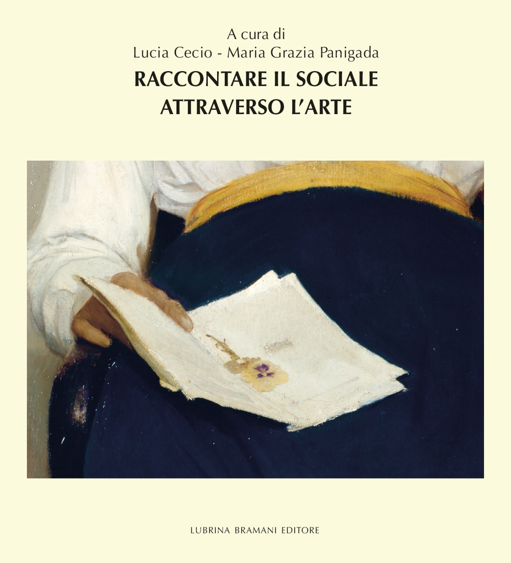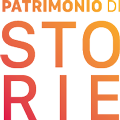Project Description
RETHINKING WELFARE SERVICE THROUGH ART
City of Bergamo, Department of Social Policies | Fondazione Accademia Carrara, Bergamo, 2024
I want to express my gratitude to all of us who have bravely chosen to engage in an unexpected dialogue, embracing the opportunity to connect in a deep and meaningful way. Every story we shared reflects a part of us all, and through art we can rediscover ourselves, open up to others, and uncover new inner spaces – both for us and for those we encounter on our journey
Laura Visciglio, social worker
Taking care of social workers: this is the deeper purpose of “Rethinking welfare service through art”, a project by the Department of Social Policies of the City of Bergamo, developed in collaboration with Fondazione Accademia Carrara and curated by Patrimonio di Storie.
Its aim was to guide a group of social workers in a self-reflective journey triggered by an inner dialogue with the Accademia Carrara’s artworks: a unique opportunity for the eighteen storytellers (working in different fields, from child welfare to elderly care, from supporting people with disabilities to assisting individuals experiencing severe marginalization) to revisit their professional lives and daily encounter with vulnerability through the lens of cultural heritage.
What made this journey truly unique was the atmosphere of desire – the desire of storytellers to have a space of their own, beyond the need to convey their work, commitment and agency to the outside world. Bringing stories to the surface by engaging in a dialogue with the museum collections is what provided them with that space, allowing them to explore new perspectives and to develop new insights into their role as Social Services workers.
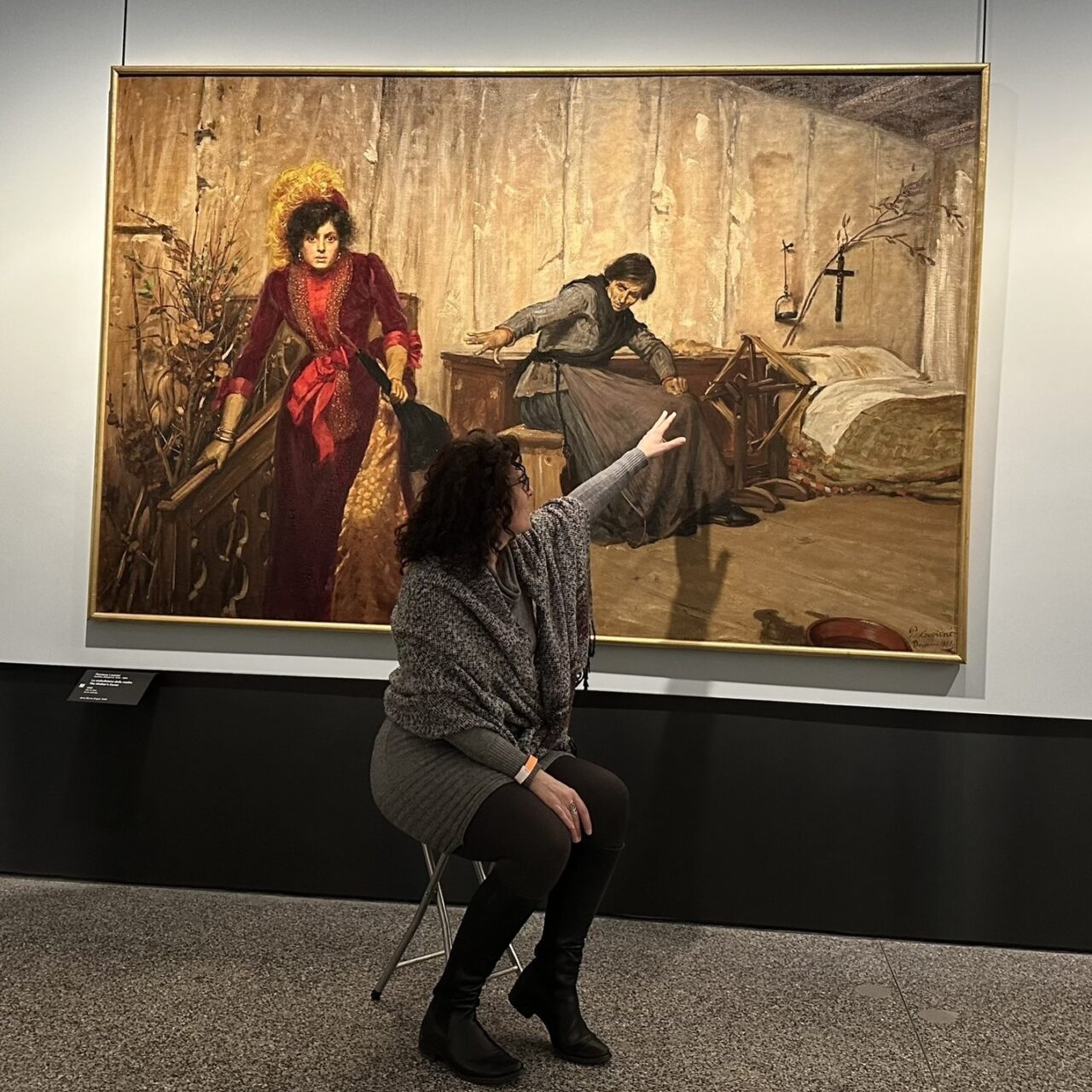
Photo by Maria Grazia Panigada
The final publication, edited by Maria Grazia Panigada and Lucia Cecio (Lubrina Bramani Editore, 2024), is structured to follow the museum’s visitor path, making it an engaging guide for readers as they explore the collections and uncover fresh perspectives and new meanings.
As one of the eighteen storytellers observed at the outset of the project, “We are agents of change, but we don’t know how to express it”. The journey they made together, and the stories elicited by their encounter with the artworks clearly show the transformative potential of storytelling in heritage/social services contexts, charting a new way forward for cultural welfare.
EXTRACTS
This bronze sculpture portrays the Atlas in the act of supporting a massive sphere, and I see myself in him – I recognize myself in the shape his body takes. Looking at him feels like gazing into a mirror. His right knee rests on the ground, while his left foot provides balance. It’s the same stance athletes take at the start of a race.
My world, his world – they both carry weight.
For each of us, our own world is a burden to bear.
His is so heavy that his eyes strain under the effort, or perhaps they are fixed on something that has captured his attention. Yet, even if he perceives danger, he knows he cannot let go of the celestial sphere he is destined to uphold.
And so I return to that thoughtful, farseeing gaze, one that knows how to look beyond, how to let go of things so that they can bring about change, so that they can fulfill a desire.
The closer I get to the exquisitely woven fabric, the more it reveals itself to me; how often are we truly aware of the intricate patterns of people’s lives? And how do we approach them with the right attentiveness, one that embraces and reassures? All of this requires thoughtfulness and time… And learning how to let go of our thoughts, of our children…
You remind me of the people I meet at work, those who often step into my office with their gaze before anything else. Their eyes arrive ahead of their bodies, ahead of the questions they will ask, ahead of the answers they will give. Their gaze comes first—to study me, to wonder who I am. Will I understand them? Will I grasp what lies beneath their words? Will I find the right words to soften their worried expressions?
They have not come lightly. They’re not here just to try and move on as if nothing happened. They came hoping I can see beyond their request—whether it’s financial aid, social support, job assistance, or urgent shelter from violence. They came looking for a place to relieve them from a loneliness that drains their strength, for a blank page where a new path might take shape, and sometimes a vessel to hold their anger and pain.
Even your gaze, child, holds a quiet fury. The fury of an innocence that may perhaps be betrayed by an unchosen fate.
How many homes do I enter? Many, yet some stay with me more than others – like the one I visited a couple of weeks ago. A neat apartment, spacious and filled with soft light filtering through the curtains. A house as beautiful as the people who live there. I’m visiting her and her mother. We sit on the couch, talking, looking for ways to ease daily challenges and thinking about her future – about the time when her mother will no longer be there. […]
Our time is up; I have to leave. At the door, her mother gently places her hands on my face, and I am moved by the warmth that lingers within me. As I walk down the stairs in silence, I know I will carry this gesture with me forever – just like that finger mark on the lute.
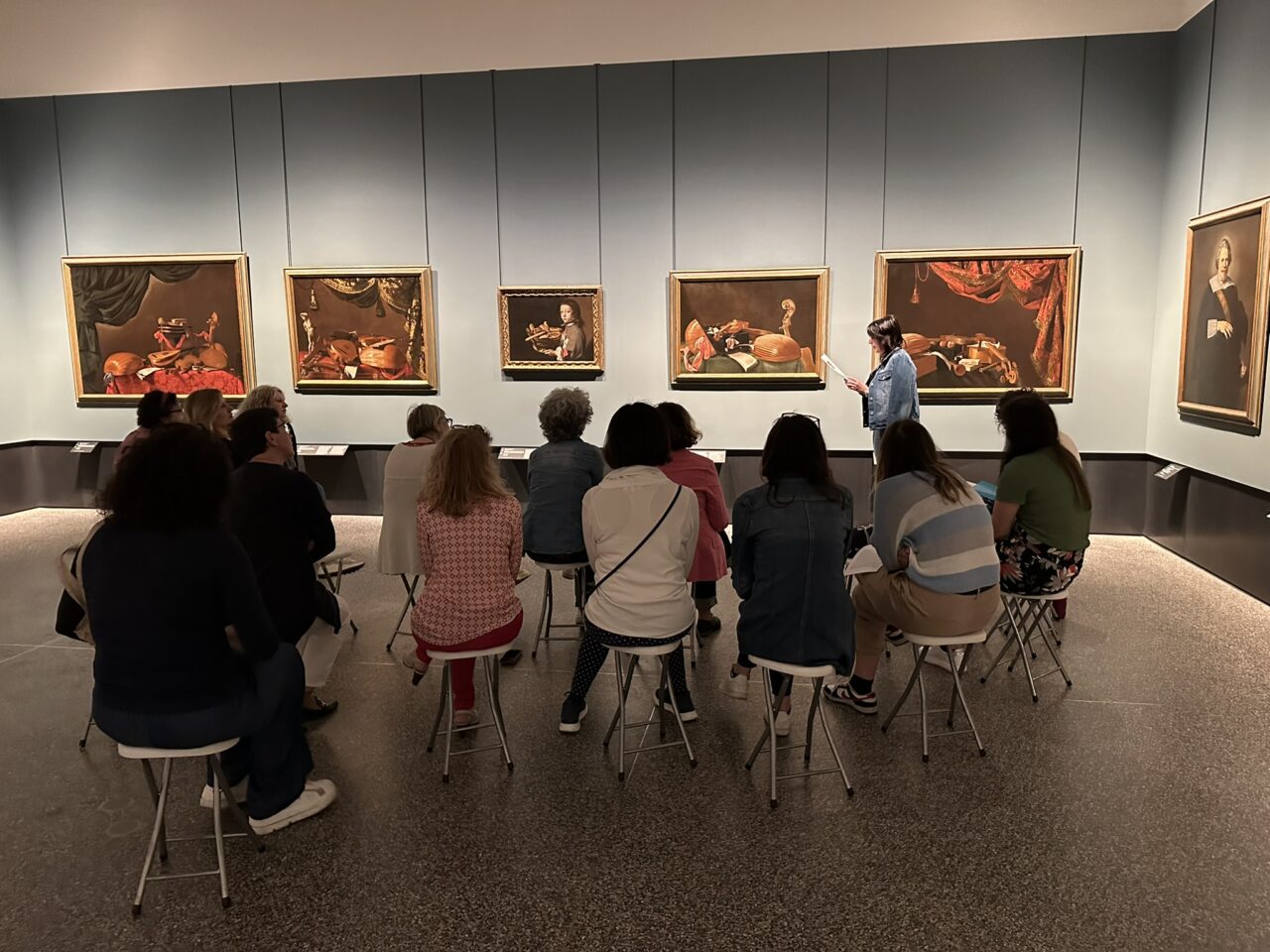
Photo by Maria Grazia Panigada
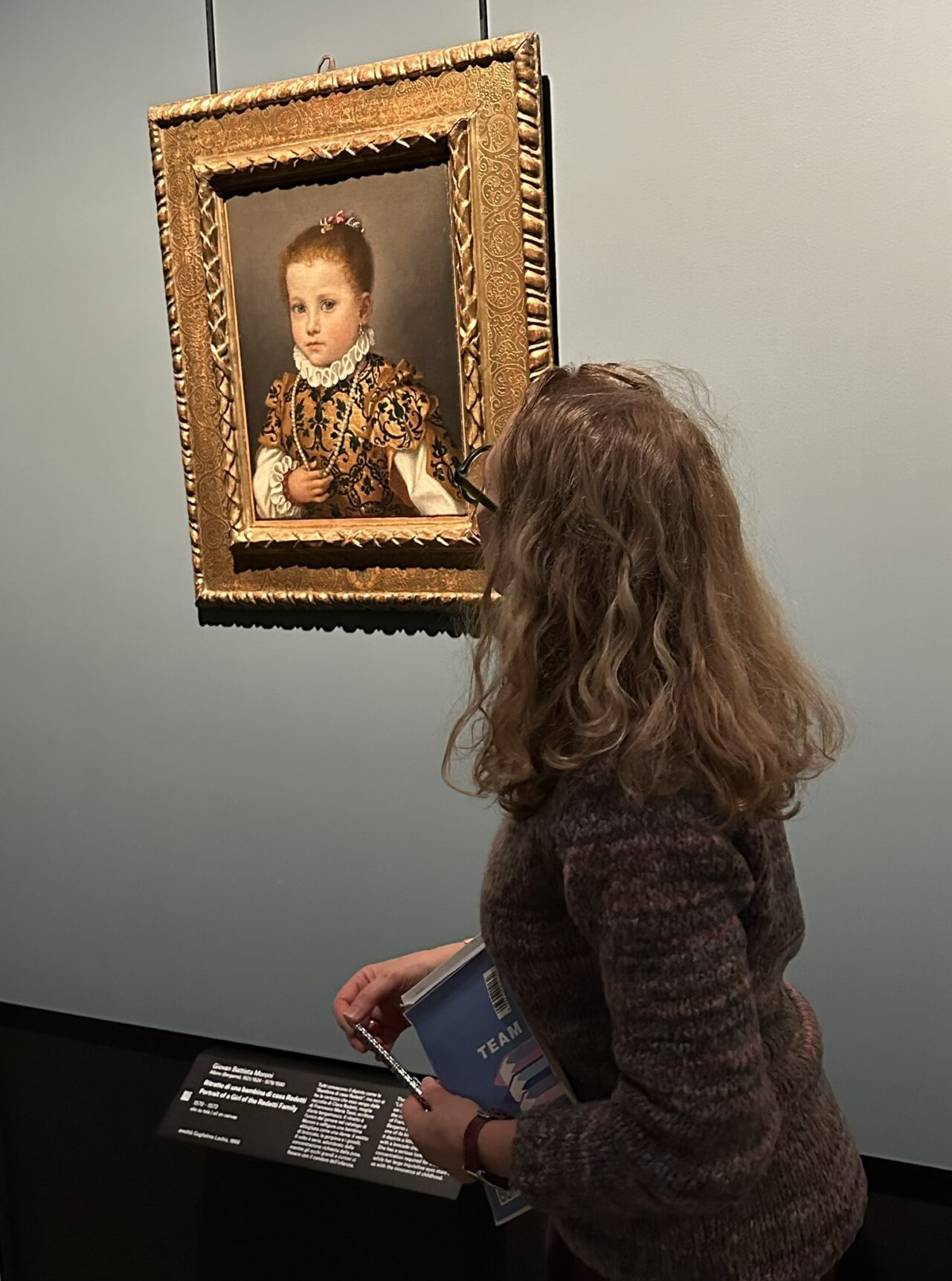
Photo by Maria Grazia Panigada
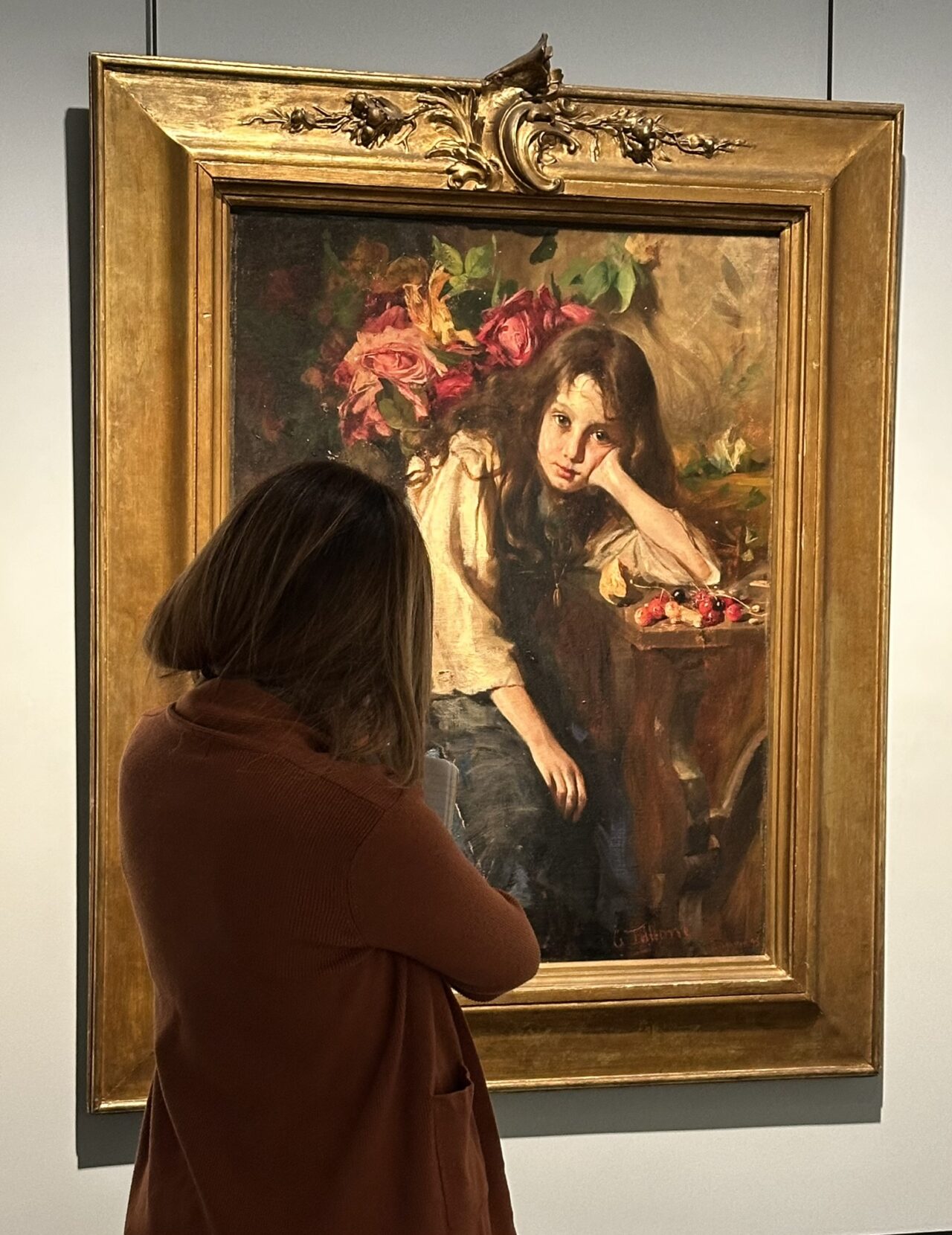
Photo by Maria Grazia Panigada
